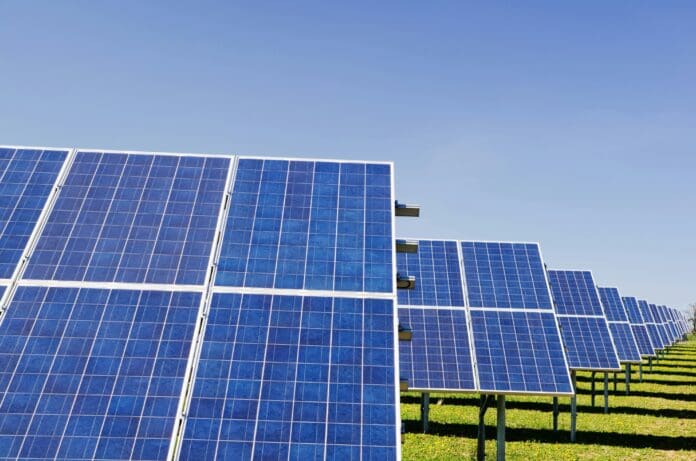This post is also available in:
 עברית (Hebrew)
עברית (Hebrew)
Luminescent Solar Concentrators (LSCs) are devices that capture and concentrate sunlight using luminescent materials. These materials absorb sunlight and re-emit it at a different wavelength, directing the light to a small area where it is collected by photovoltaic cells, thus enhancing the efficiency of solar energy systems.
Recently, advancements in luminescent solar concentrators (LSCs) have emerged, addressing the challenges of scaling up traditional systems. Researchers from Ritsumeikan University in Japan have introduced a leaf-shaped LSC designed to overcome these limitations. The new leaf model design enhances the efficiency of photon collection, reduces light losses, and offers greater adaptability and replaceability, potentially leading to more practical and widespread use of solar concentrators.
Traditional LSCs rely on mirrors and lenses, making scaling them for larger applications more difficult. The new leaf-inspired design, modeled after the structure of a maple leaf, addresses the scalability issue by incorporating smaller, interconnected luminescent components that operate similarly to leaves on a tree. This innovative setup involves positioning luminescent plates around a central luminescent fiber. The plates’ sides face the fiber, the plates convert incoming light into photoluminescent (PL) photons. These photons are then guided through the fiber and collected at the end by a photovoltaic (PV) cell, according to the study.
This system improves efficiency by using transparent light-guides to channel light from several fibers into a single PV cell. This setup increases the amount of light collected and reduces losses due to self-absorption and scattering, ultimately leading to more effective light-to-electricity conversion.
Due to utilizing many small leaf-like modules, the new design results in significant improvements in photon collection efficiency. According to Interesting Engineering, the size of the individual leaf LSC modules has been reduced from 50 mm to 10 mm, leading to increased efficiency. This modular approach also facilitates the easy replacement of damaged units and the integration of new luminescent materials as they become available.
Researchers have found that they can predict how well the luminescent solar concentrator (LSC) will perform by using mathematical calculations based on the characteristics of the spectrum and intensity of the light that hits the system. To test and measure the system’s response, they use a technique where a single, focused spot of light is used to simulate real-world conditions. This helps them understand the efficiency of the LSC in converting light into energy.
This innovative leaf-inspired design opens the door to more adaptable and scalable solar energy developments. By transforming how solar concentrators are used, this technology enhances energy capture and efficiency, making solar systems more versatile and effective. The leaf LSC model holds great potential for large-scale applications, offering significant improvements in solar energy system performance and advancing more sustainable energy solutions.
The study was published in the Journal of Photonics for Energy.

























